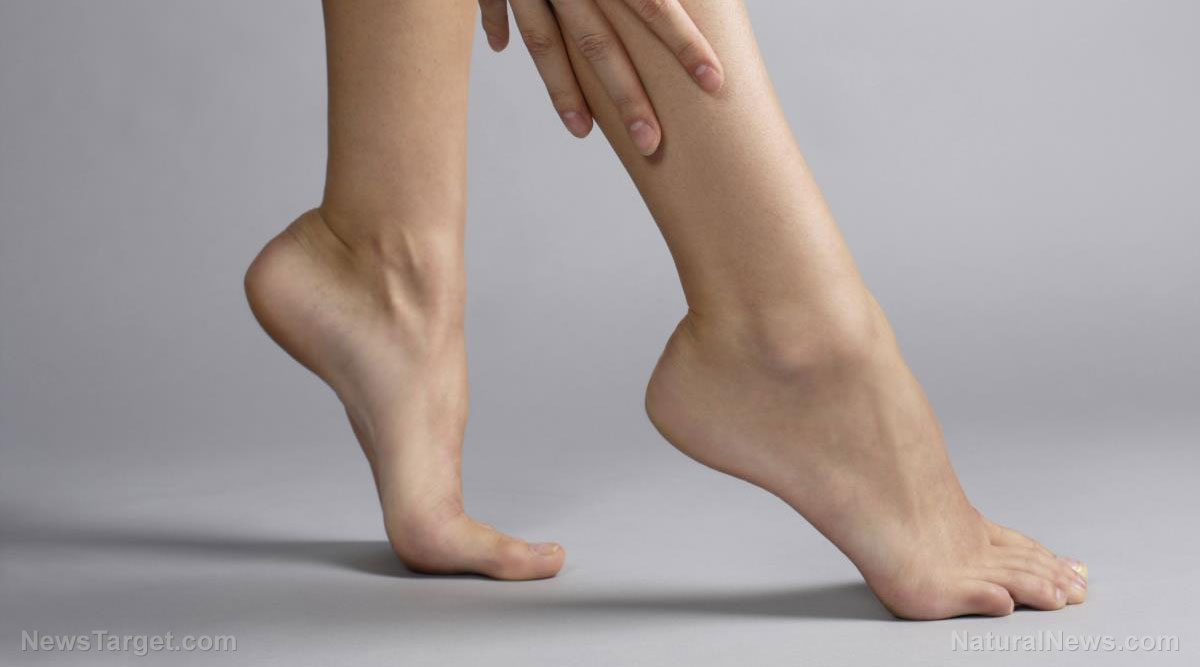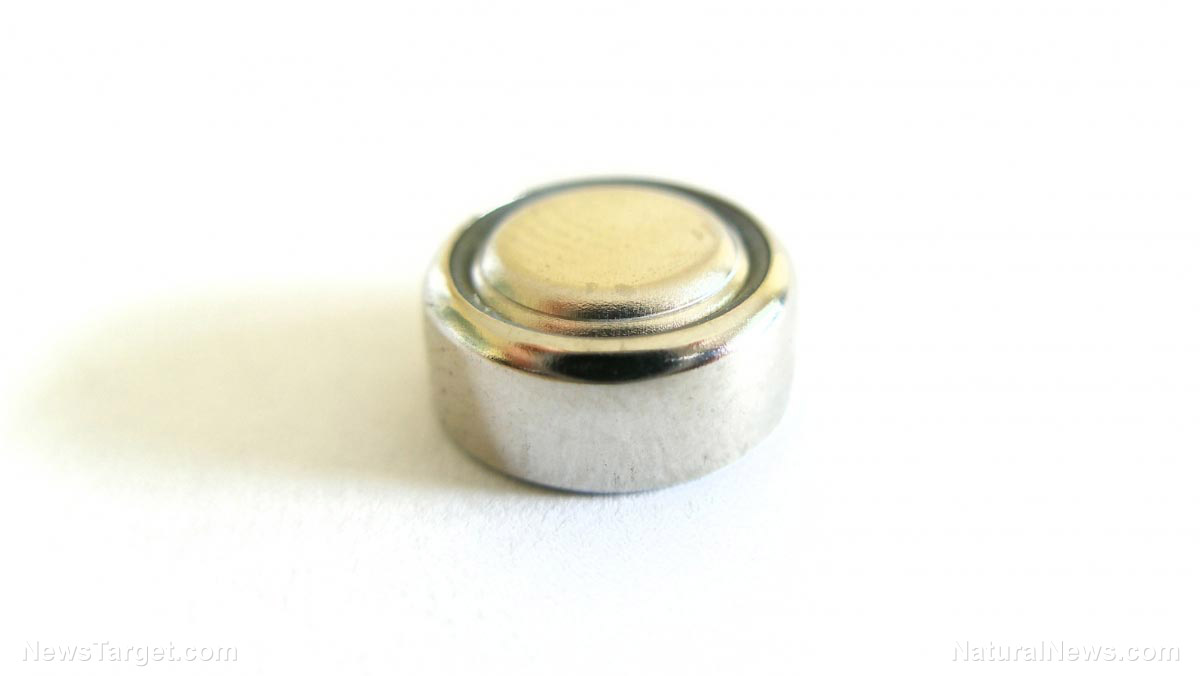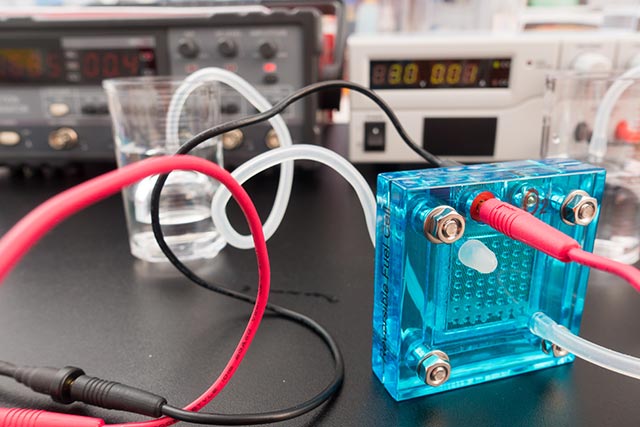Your skin has a microbiome too: Research shows age dictates populations of bacteria, microbes
04/25/2019 / By Michelle Simmons

A team of researchers at the Department of Energy’s Lawrence Berkeley National Laboratory (Berkeley Lab) discovered that the skin microbiome contains the microbe archaea and that its quantities vary depending on the age of a person.
This research was derived from a planetary protection project for the National Aeronautics and Space Administration (NASA) and the European Space Agency. Christine Moissl-Eichinger, of the Medical University of Graz and the corresponding author of the study, explained that as they were looking around the spacecraft and their clean rooms for the presence of archaea and for methanogens (methane-producing archaea), they found a lot of thaumarchaeota instead. Thaumarchaeota are a different type of archaea that survive with oxygen. The researchers presumed that these came from human skin as they also found the microorganism in hospitals and other clean rooms.
With the discovery, they carried out an initial study on 13 participants and confirmed that they all had these archaea on their skin. Later on, they conducted a follow-up study — the current study — which was published in the journal Scientific Reports. Here, the researchers looked at genetic and chemical analyses of samples gathered from 51 individuals who were one to 75 years old. The samples were taken from the chest area.
Results revealed that individuals below 12-years-old and above 60-years-old had the largest number of the single-celled microorganisms archaea, while middle-aged individuals had less archaea and that there was a five- to eight-fold difference between middle-aged people and the elderly. In addition, they found that the age of a person is not the only factor that influenced the amount of archaea in the skin microbiome, but also the type of the skin. Results showed that people with dry skin had more archaea compared to those who had oily skin, indicating a link between lower levels of sebum, which decreases skin moisture, and the increase of archaea. Moissl-Eichinger explained that archaea might have a role in the cleanup process. As of today, most archaea are known to be helpful to human health rather than harmful as they may play a role in decreasing skin pH or maintaining it at low levels. Lower pH means lower chance of getting infections.
Archaea is a microbe that only survives in extreme conditions, such as hot springs and Antarctic ice, and also on the skin. Scientists only differentiated archaea from bacteria in the 1970s, and from then, it became one of the three branches of life on earth, along with bacteria and eukarya. Hoi-Ying Holman, a senior author of the paper and his team developed a technique to quickly determine whether a microorganism was a bacteria or archaea through the use of Berkeley Lab’s infrared Advanced Light Source (ALS). The researchers said that because of the lack of age diversity in the sampling criteria in past studies, there is not much discovery on how age influence the amount of archaea in humans.
“Most of the scientific attention has been on bacteria, because it’s easier to detect. Based on the literature, six years ago we didn’t even know that archaea existed on human skin. Now we’ve found they’re part of the core microbiome and are an important player on human skin,” Holman explained.
Their future research will focus on the difference between environmental archaea and archaea found in human skin and its physiological role. Moreover, they will investigate on the different places archaea live in the body and whether they are essential in pathogenic process, such as neurodermatitis or psoriasis. The research was funded by the U.S. Department of Energy’s Office of Science, BioTechMed Graz, the Bavaria California Technology Center, and the University of Regensburg.
Sources include:
Tagged Under: archaea, bacteria, discoveries, human skin, skin health, skin microbes, skin microbiome, thaumarchaeota



















